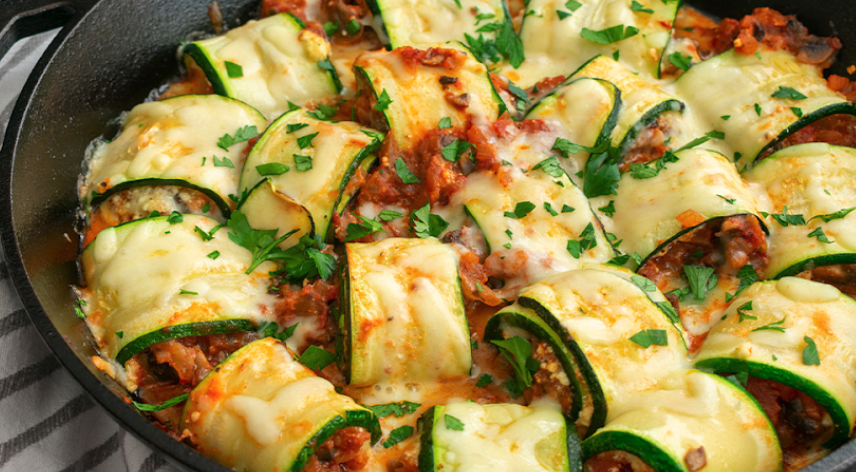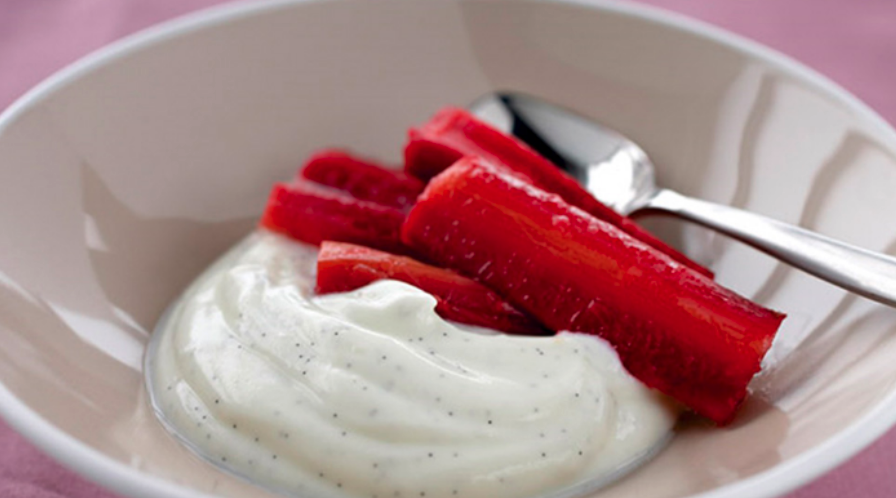
Diabetes is a chronic, metabolic disease characterized by elevated levels of blood glucose (or blood sugar), which can lead if not managed correctly to serious complications such as heart disease, stroke, blindness, kidney failure and lower limb amputation. According to the World Health Organisation (WHO), diabetes remains one of the world’s fastest growing chronic diseases.
There are 3 main types of diabetes; type 1, type 2 and gestational diabetes. The most common is type 2 diabetes accounting for 85% of cases and most prevalent in adults but can develop at any stage of life resulting from a combination of genetic and environmental factors (diet, exercise, and lifestyle). On the other hand, Type 1 diabetes is an autoimmune condition and cannot be prevented.
In particular, Type 2 diabetes is when your pancreas (organ that produces insulin) either cannot make any or enough insulin, and/or the insulin it makes does not work very well (also known as insulin resistance). This results in too much glucose in the bloodstream.
What is the prevalence of diabetes?
Diabetes if the fastest growing chronic disease in Australia; increasing at a faster rate than other chronic diseases such as heart disease and cancer. The number of people with diabetes rose from 108 million in 1980 to 422 million in 2014 worldwide. Currently around 1.8 million Australians are living with diabetes.
While there is currently no cure for diabetes, you can live an enjoyable life by learning about the condition and ways to effectively manage it. Additionally, understanding preventative intervention to reduce the risk of developing.
Common symptoms include: excessive thirst, urinating more often, feeling tired and lethargic, constant hunger, having cuts that heal slowly, vision changes, gradual weight gain, mood swings, headaches, feeling dizzy and leg cramps. As type 2 diabetes is more commonly diagnosed later in life, sometimes these signs are dismissed as part of ‘getting older’ and if not treated early can lead to further complications. It is important to discuss with your GP if any symptoms arise.
How to reverse or reduce risk of diabetes?
Research has shown that Type 2 diabetes can be prevented or delayed in up to 58% of cases by maintaining a healthy weight, being physically active and following a healthy eating pattern. Overweight being the most critical risk factor in 80% of cases.
Recommendations to reverse or reduce risk of developing Type 2 Diabetes:
https://www.diabetesaustralia.com.au/
https://www.who.int/health-topics/diabetes#tab=tab_1
https://www.ncbi.nlm.nih.gov/pmc/articles/PMC6893436/
Serves: 4

Ingredients:
Method:
Nutrition Information Per Serve (Serves 4):
Energy: 210 calories
Carbohydrates: 3.36g
Fat: 12.1g
Protein: 20g
Dietary Fibre: 3.39g
Serves: 4

Ingredients:
Method:
Nutrition Information Per Serve (Serves 4):
Energy: 125 calories
Carbohydrates: 10.5g
Fat: 4.6g
Protein: 9.3g
Dietary Fibre: 2.4g
Spice up your usual fruit and yoghurt with this simple tasty recipe. A delightful mix of poached rhubarb and creamy vanilla yoghurt.
Serves: 4

Ingredients:
Method:
Tap to call us at 1800 567 348
Fill in your details below and our team will be in contact shortly to answer your questions and get you started.
"*" indicates required fields